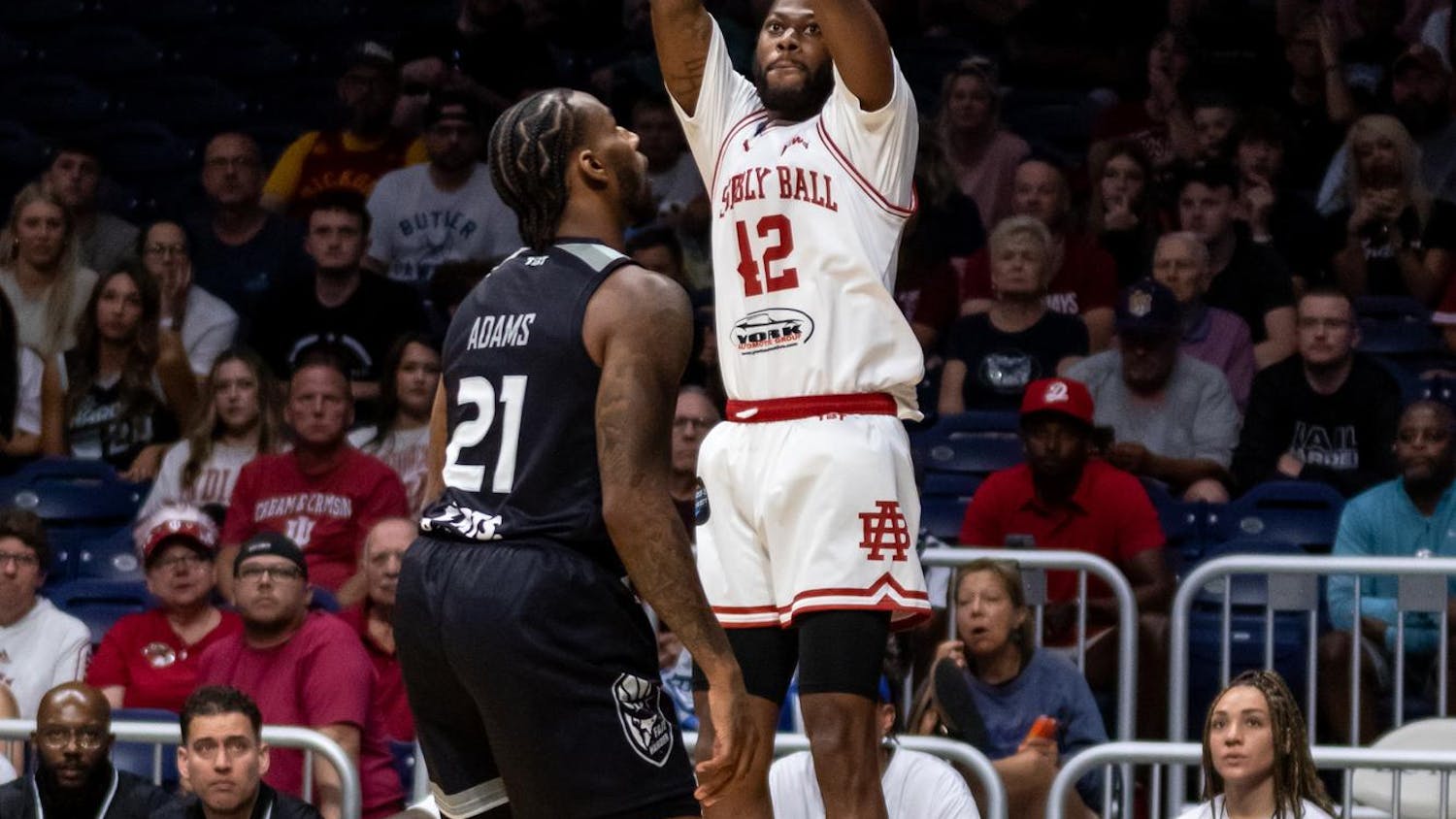Summer 2018 was dominated by the women of hip-hop. Cardi B held the top spot on the Billboard charts for most of the summer with her song “I Like It.” Nicki Minaj released her first album since 2014 titled “Queen,” which included “Barbie Dreams” where she calls out male counterparts.
And new women have broken into the scene, like the eccentric Tierra Whack, as well as Chicago-based rapper cupcakKe – called one of the most provocative rappers of our generation – with a new round of singles, “Hot Pockets” and “Blackjack,” this summer.
A panel of music scholars took the timely topic of women in hip-hop to task Thursday night in a panel presented by Geek Night, part of First Thursdays and IMU Late Night.
Featured on the panel was Alisha Lola Jones, an assistant professor in the Folklore and Ethnomusicology Department; Rasul Mowatt, associate professor in the department of American Studies; and Rebecca Fasman, manager of traveling exhibitions for the Kinsey Institute.
Historically, hip-hop in the United States has been dominated by men, Jones said. That’s why the panel wanted to narrow in on women and non-binary artists in this particular discussion.
Women’s stories and musical output has been repressed by male partners and the music industry’s unmeetable standards over time, but now even the technology used to discover and stream music tends to favor top pop artists rather than shine a light on emerging artists.
Someone looking for new music can’t search streaming services like Apple Music and Spotify for terms like “esoteric female emcee” and expect to receive results, Mowatt said. You have to know the names and know where to look, which is a barrier to success for upcoming female hip-hop artists and a barrier for discovery for listeners.
The same is true for producers and women behind the scenes. The panel talked about the generation gap and how streaming causes listeners to become less active in knowing who is making the music beyond the spotlighted vocalist.
In the past, Jones said, you had to go to a music store for the physical copy and read the liner notes to learn what went into the music, and streaming services remove that experience and encourage passive listening.
All the panelists encouraged listeners to resist passive listening and become more active in their musical choices by having physical experiences – attending concerts, visiting local music shops and buying physical albums.




